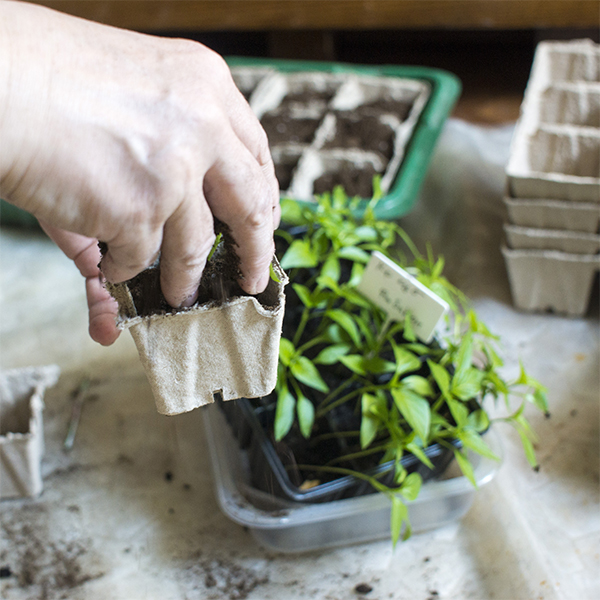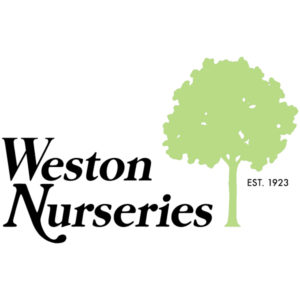Guidance on Watering, Lighting, and Other Growing Factors
It is quite economical to start growing seeds indoors, especially when the seedlings grow into robust plants. However, growing seeds indoors can be challenging. To significantly increase your chances of success, avoid these common seed-starting mistakes.
Not Supplying Enough Light
Seedlings need a lot of light to grow into sturdy, healthy plants. No matter what anyone tells you, chances are that you do not have enough natural light in your home to grow robust seedlings. Even a south-facing window usually will not do. You can, however, use artificial light to achieve the right amount of light required by seedlings. To do so, obtain grow lights explicitly designed for plants. Or, for a more economical solution, purchase large fluorescent shop lights outfitted with one warm bulb and one cool bulb.
Suspend the lights from chains so that you can raise the lights higher as the seedlings grow. Keep the lights as close to the seedlings as possible without touching them (2 to 3 inches). When seedlings first appear, keep the lights turned on for 12 to 16 hours per day. To reduce your hands-on time, use a timer to turn the lights on and off automatically.
Applying Too Much or Too Little Water
The amount of water you supply can make or break seedling growth. Watering is one of the most challenging aspects of seed starting. Because seedlings are so delicate, there is very little room for error when it comes to watering. You must keep the sterile seed-starting medium damp but not wet.
To increase your chances of getting it right, here are a few things you can do:
- Create a mini-greenhouse to keep soil moist: cover the container with plastic until the seeds germinate.
- Water from the bottom to enable the seedlings to soak up water through the container drainage holes. There is less chance of over-watering when you use this approach. Add water slowly for 10 to 30 minutes, and use your finger to touch the top of the soil to ensure that moisture has reached the top of the container.
- Check soil moisture at least once a day.
- Buy a self-watering, seed-starting system.
Starting Seeds Too Soon
Many plants do not tolerate cold temperatures, and exposing them to chilly air or cold soil will stress them out. One of the biggest mistakes people make when starting seeds is starting the seeds too early. Stressed-out plants are more susceptible to pests and disease. Most plants are ready to go outside four to six weeks after you start the seeds.
Planting Seeds Too Deeply
Seeds are finicky when it comes to how deep they are planted. Some seeds need complete darkness to germinate and others require light to germinate. Proper planting depth is usually provided on the seed packet. If there is no information on the packet, the rule of thumb is to plant seeds two to three times as deep as they are wide. Determining depth can be a challenge, but if you are not sure, err on the shallow side.
For seeds that need light to germinate, make sure the seeds are in contact with the seed starting medium but are not covered. To do this, gently press the soil medium to create a firm surface. Then, place the seed on top of the medium and gently press down, making sure the seed is still exposed.
Moving Seedlings Outdoors Too Soon
There is no benefit to a tough-love approach with seedlings when they are young. They will either instantly die or become weak and then fail to thrive. Even the most stalwart plants, when young, need a considerable amount of coddling and attention.
When your seedlings are large enough to plant outdoors, you need to prepare them for the transition by hardening off. Hardening off gradually prepares them for outdoor conditions like wind, rain, and sun. The hardening-off process is simple, though it can be time-consuming; it involves exposing your plants to the elements gradually. The first day of hardening off, place your seedlings outdoors for one hour, and then bring them back indoors. Gradually increase the amount of outdoor time every day for 6 to 10 days. You will need to make some judgment calls based on the outdoor temperature and the fragility of your seedlings. If it is a particularly cool day or very rainy, you will want to decrease the time of that hardening-off session.
Sowing Too Many Seeds
When sowing seeds, begin modestly if you are a beginner. If you sow more seeds than you can reasonably maintain, it will become challenging to nurture the seedlings into adulthood. Depending on the type of plant you want to grow, you might be able to direct-sow seeds in outdoor containers or in the ground when outdoor temperatures warm up.
Keeping Seeds Too Cool
For seeds to germinate, most must be kept warm: about 65 to 75 degrees Fahrenheit. A favorite place to keep seeds warm in order to germinate is on top of the refrigerator. Or, you can purchase seed-warming mats to place under the seed trays. Once a seedling emerges, they can tolerate fluctuating temperatures (within reason). Whatever type of light you use, natural or artificial, make sure it produces enough heat to keep the plants in the 65- to 75-degree range.
Failing to Label Seeds
To be able to identify seedlings as they grow and to know when they will be ready for transplanting, you should label the seed containers as you are sowing. For every type of seed sown, use popsicle sticks or plastic plant markers and permanent ink pens to record the plant name and date sown. Insert the plant labels into the soil near the edge of the container or tray.
Giving Up Too Soon
Starting seeds can be a difficult process. However, one of the most satisfying benefits of this labor of love is eating a tomato or marveling at the flowers that you nurtured from day one. Growing plants from seed takes dedication, attention, and time. Recognize that you might make mistakes along the way, but you should not give up. The results outweigh the challenges along the way.
Written by Kerry Michaels from thespruce.com








